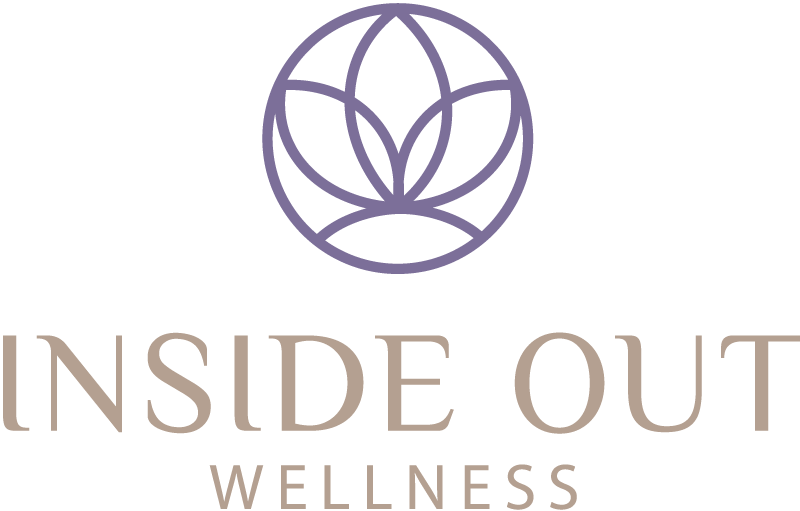Optimising your Nutrient intake
Hi Everyone
Now that we have looked at increasing our fruit and veg intake let’s have a look at how to make the most of getting optimum nutrition from our foods. This is just a glance as it is a huge area so I have narrowed it down to just a few areas. There is loads more information but for now we will start with this.
Digestion
Just the sight, smell and anticipation of our food alone can stimulate the necessary enzymes we need to digest our food, so it starts before our food even enters our mouth!
When we start chewing enzymes are released. Enzymes along with chewing breaks the food down to tiny pieces so when they enter the stomach it is easier for them to be digested. Once the chewed food passes down to the stomach, hydrochloric acid is released to further digest your food in what is now called chyme. This chyme passes down through the small intestine and into the large intestine. Enzymes and hydrochloric acid are essential for the digestion of food and for the necessary nutrients to be absorbed. Drinking large amounts of water may also deplete stomach acid, try and take regular sips instead. If we don’t take the time to slow down, prepare and eat our food in a calm stressless state this may upset our digestion and lead to other problems like indigestion, bloating and other conditions.
Gut Bacteria
Also in the gut we have our friendly gut bacteria. These bacteria also help absorb essential nutrients and break down gluten and lactose. They work with our body in fighting off bad bacteria and use the fibre that we eat as there food which keeps them alive! They synthesise essential vitamins like B vitamins, vitamin K and short chain fatty acids.
Cooking and food preparation
If our food is cooked on a high temperature for a long period of time this depletes the vitamins and minerals that would ordinarily be available to you. Roasting, grilling and frying still retain some nutrients but not as much as these other cooking methods listed below.
Steaming
Steamed foods are exposed to high temperatures for a much shorter time and without direct contact with water, this results in less nutrient loss.
Stir frying
Stir-Frying foods increases the release of phytonutrients whilst preserving vitamins and minerals
Slow cooking
Slow Cooking relies on lower temperatures and any nutrient losses are contained within the liquid, which also can be consumed. Plus it is a really convenient if you have a very busy life!
Poaching
Poaching exposes the food to lower temperatures preserving nutrients
Grinding
When we grind our foods like nuts and seeds this breaks down the kernels release the oils and nutrients making them easier for us to absorb and digest. Once they are grounded you must store in a air tight container in a cool and dark environment.
Soaking
Soaking beans, peas, nuts and seeds make them easier digest, removes toxic compounds and allows the nutrients to become more available. Note - Any tinned beans or peas in water should be rinsed thoroughly before use as these contain toxic compounds like lectins.
Fermentation and Sprouting
There is lots of information on different food preparations available now like sprouting and fermentation which are really beneficial for feeding our gut bacteria. The Happy Pear have several videos on youtube that give you all the information you need.
Finally Tannins.
We all love our cup of tea or coffee, but unfortunately they contain tannins. Tannins deplete your nutrient uptake. So if you want to still enjoy your cup of tea or coffee here are the following ideas;
Add a slice of lemon to your black/green tea this will reduce tannins
Avoid drinking with food
Wait at least 30 mins after eating to enjoy your tea/coffee
Swap over to white tea or herbal tea
I hope you found the above information helpful. Please contact me if you have any questions.



